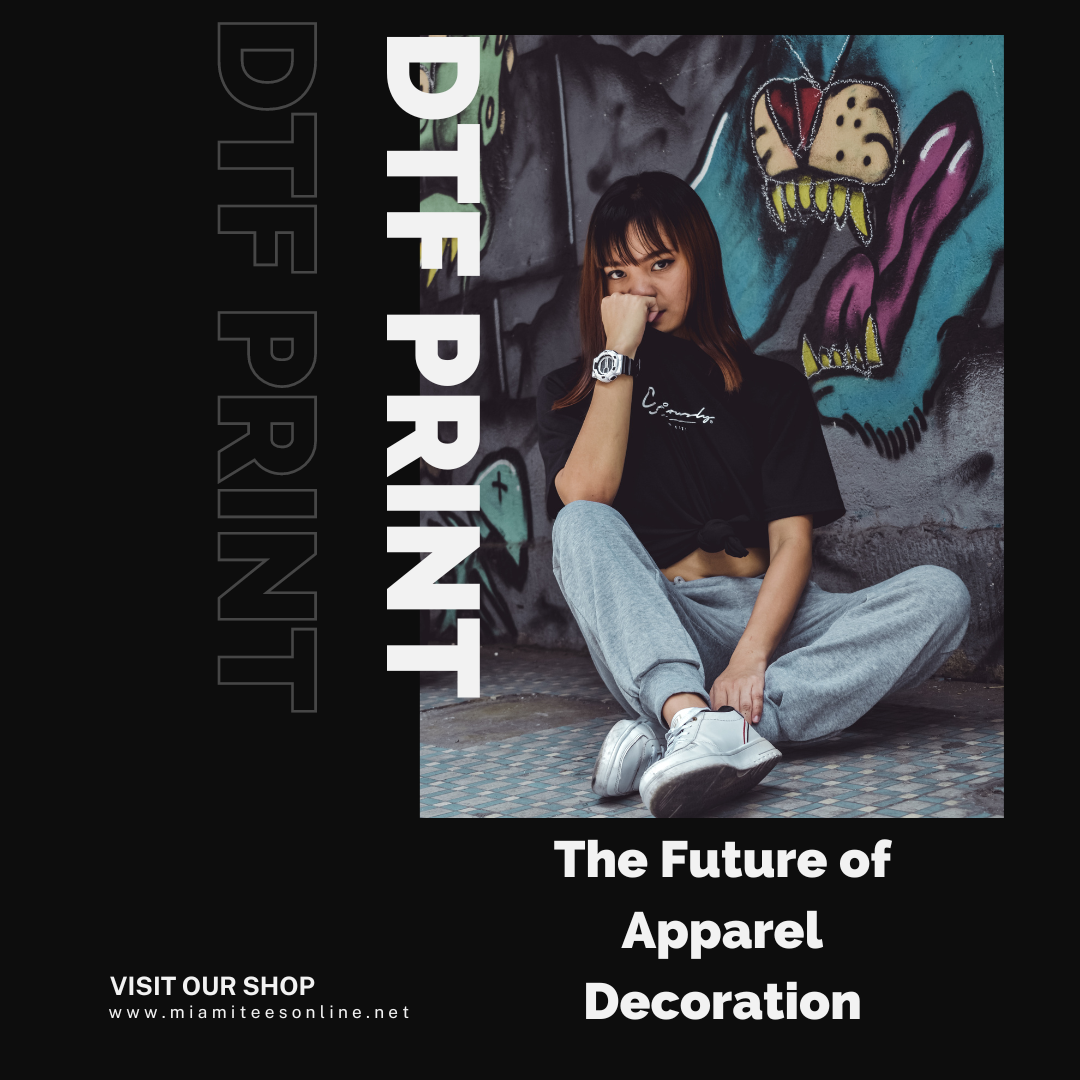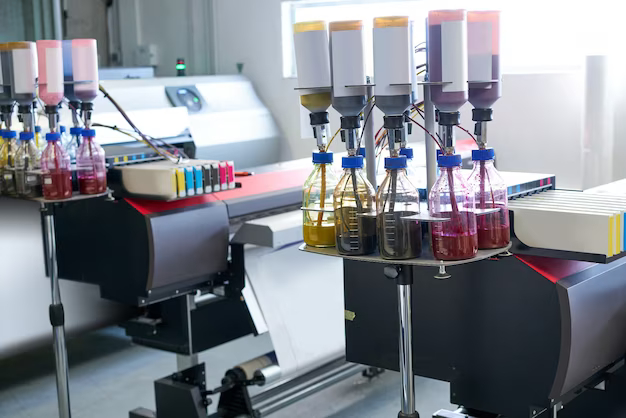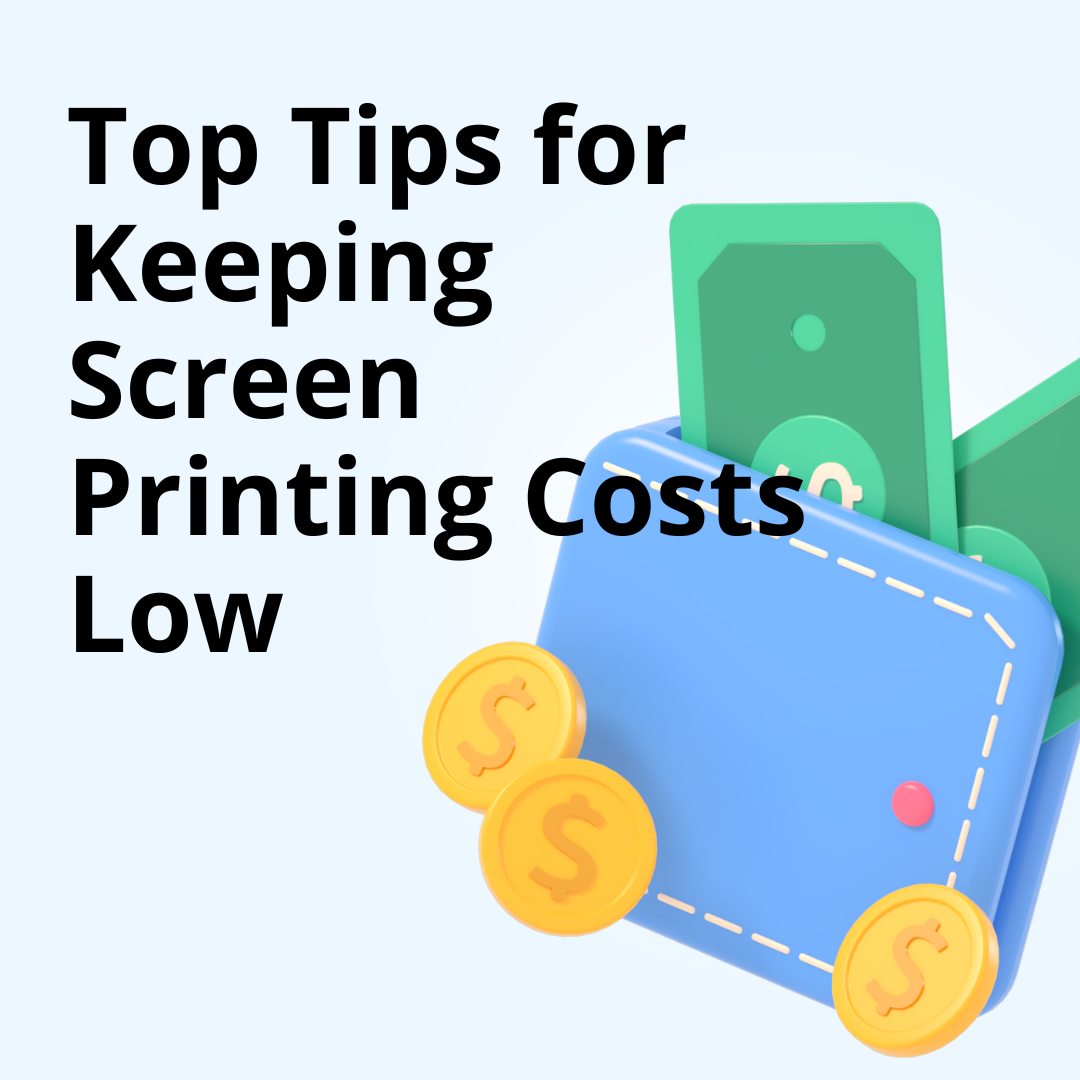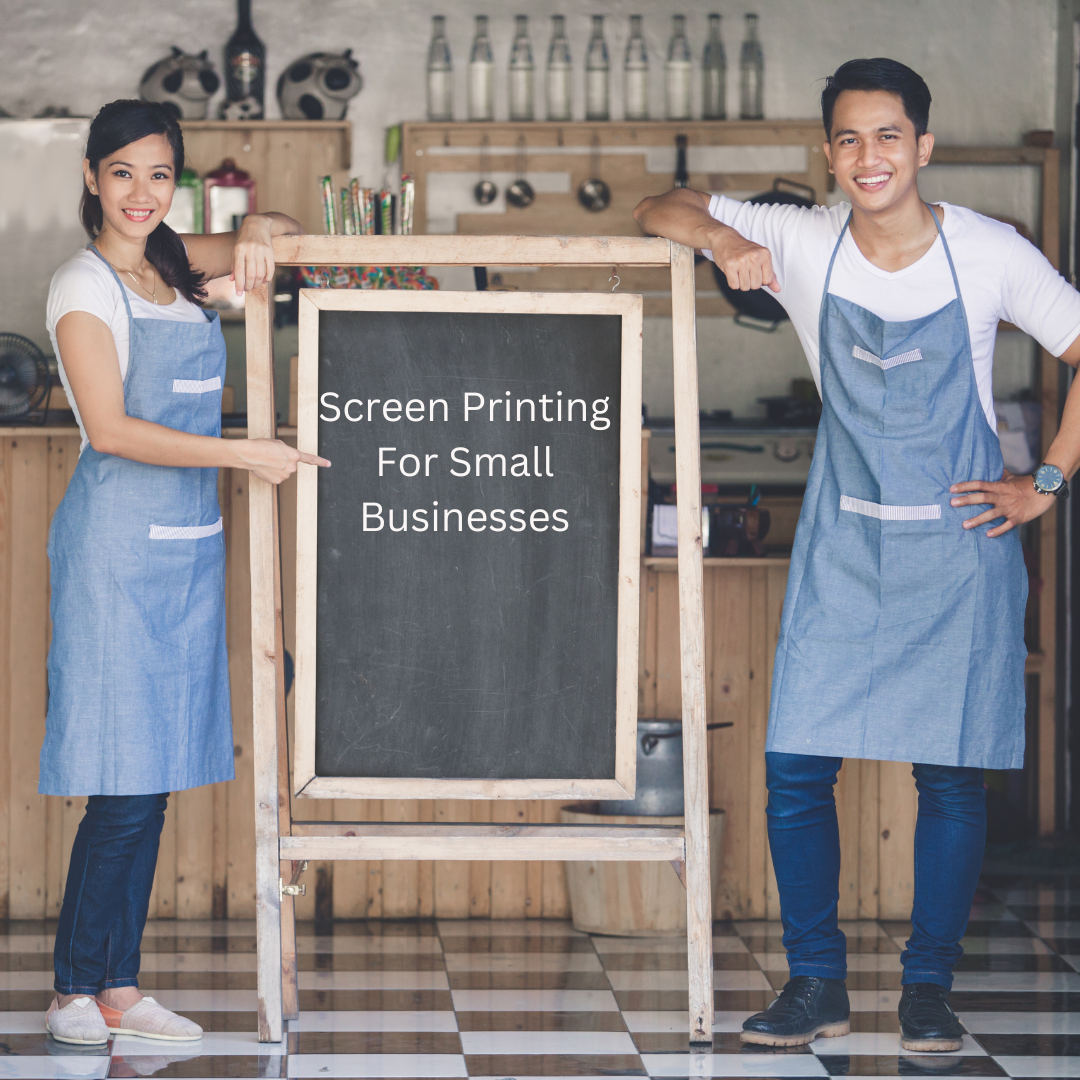
Direct-to-Film (DTF) Printing: The Future of Apparel Decoration
In the ever-evolving world of apparel decoration, new technologies constantly emerge, pushing the boundaries of what is possible. One such advancement that is gaining traction is Direct-to-Film (DTF) printing. This innovative printing method is quickly replacing Direct-to-Garment (DTG) printing as the preferred choice for many businesses in the industry. In this blog post, we will delve into the intricacies of DTF printing, exploring its process, advantages, and disadvantages, and examining why it is becoming the go-to solution for apparel customization.
- Understanding Direct-to-Film (DTF) Printing
Direct-to-Film (DTF) printing is a digital printing technique that involves transferring ink directly onto a special film that acts as a carrier. The printed film is then heat transferred onto the garment using a heat press, resulting in a vibrant and durable design. This method offers several distinct advantages over the traditional Direct-to-Garment (DTG) printing process.
- Improved Color Vibrancy and Opacity
DTF printing delivers exceptional color vibrancy and opacity, enabling designs to stand out vividly on various garment colors and fabric types. Unlike DTG, which often struggles with color intensity on dark fabrics, DTF printing ensures that colors pop and remain true to the original artwork.
- Enhanced Durability and Washability
DTF printing produces highly durable and long-lasting designs. The ink adheres firmly to the fabric, resulting in excellent washability and resistance to fading. Garments decorated with DTF prints can withstand numerous wash cycles without compromising the design’s quality, making it suitable for both casual and industrial use.
- Advantages of DTF Printing
Direct-to-Film (DTF) printing offers numerous advantages that have contributed to its growing popularity among businesses in the apparel decoration industry.
- Versatility and Compatibility
DTF printing is compatible with a wide range of fabrics, including cotton, polyester, blends, and even leather. It can accommodate intricate designs, gradients, and fine details, ensuring high-resolution printing on various garment types. This versatility allows businesses to cater to a diverse customer base with different fabric preferences.
- Cost-Effectiveness and Efficiency
Compared to traditional screen printing, DTF printing eliminates the need for creating screens, which reduces setup costs and time significantly. Moreover, DTF printing enables simultaneous printing of multiple designs and colors, enhancing production efficiency and reducing turnaround time. These cost and time savings make DTF printing an attractive option for both small-scale and large-scale production runs.
- White and Metallic Ink Printing
DTF printing offers the ability to print white ink directly onto dark fabrics, achieving vibrant designs with excellent color contrast. Additionally, DTF printing supports metallic ink, enabling the creation of eye-catching designs with a metallic sheen. These features open up new possibilities for creative expression, making DTF printing a preferred choice for fashion brands and designers.
III. Disadvantages of DTF Printing
While DTF printing offers numerous advantages, it is essential to consider its limitations before adopting it as the primary printing method.
- Initial Setup and Equipment Costs
DTF printing requires specialized equipment, including printers, heat presses, and films, which can incur significant upfront costs. Small businesses or those with limited budgets may find it challenging to invest in the necessary equipment and training. However, the decreasing costs of DTF equipment and growing availability of entry-level options are making it more accessible over time.
- Learning Curve and Expertise
DTF printing involves a learning curve and requires specific expertise to achieve optimal results. Operators need to understand the correct application of heat, pressure, and timing to ensure proper ink adhesion and image transfer. Adequate training and practice are essential to master this technique, and it may take time for operators to become proficient in handling the equipment and troubleshooting any potential issues.
As the apparel decoration industry continues to evolve, Direct-to-Film (DTF) printing is emerging as a compelling alternative to Direct-to-Garment (DTG) printing. With its superior color vibrancy, durability, and compatibility with various fabrics, DTF printing offers numerous advantages that are appealing to businesses of all sizes. The versatility, cost-effectiveness, and efficiency of DTF printing make it a promising solution for apparel customization.
While DTF printing has its initial setup costs and requires expertise to achieve optimal results, these challenges are gradually being addressed as the technology matures and becomes more widely adopted. As a result, more businesses are embracing DTF printing to unlock new creative possibilities and meet the growing demands of the market.
In summary, the rise of Direct-to-Film (DTF) printing signifies a significant advancement in the field of apparel decoration. Its ability to produce vibrant designs, adhere to various fabrics, and withstand rigorous washing makes it a compelling choice for businesses seeking high-quality, durable, and efficient printing solutions. As DTF printing continues to evolve, it is poised to shape the future of the industry and revolutionize the way we decorate garments.






